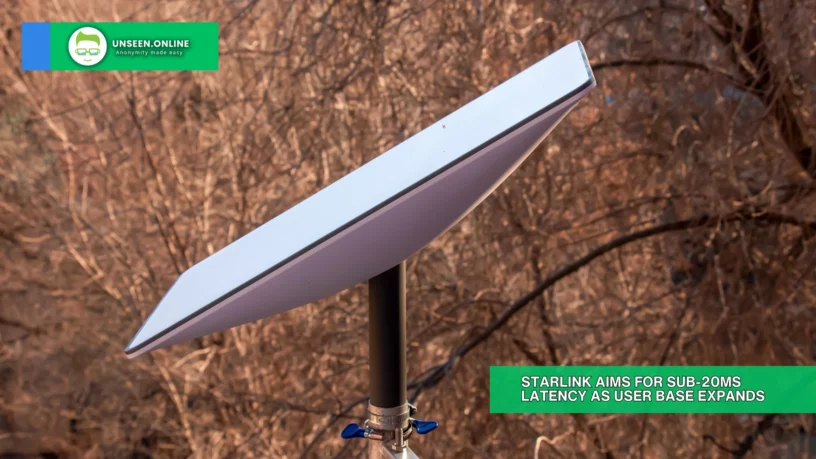SpaceX, under the leadership of CEO Elon Musk, is intensifying efforts to reduce the latency of its satellite internet service, Starlink, to under 20 milliseconds. This push follows the release of a new “Gen 3” Starlink router compatible with Wi-Fi 6, promising faster speeds. Musk’s commitment to this goal was reaffirmed in a recent tweet, highlighting the aim to achieve a median latency below 30 milliseconds, which he considers “definitely achievable.”
Current Speedtest data from Ookla shows Starlink’s median latency in the US at around 60 milliseconds, lagging behind the 13ms and 30ms offered by fixed and mobile services. This higher latency impacts activities requiring real-time interaction, such as online gaming and live streaming.
This isn’t the first time Musk has targeted a 20ms latency. A similar promise was made in 2021, with Musk suggesting that the service would be suitable for competitive first-person shooter games. Despite this, Starlink’s user base has grown exponentially, from 10,000 to over 2.2 million, causing occasional speed reductions due to capacity strains.
Musk did not detail specific strategies for achieving this latency reduction. However, SpaceX is likely focusing on expanding Starlink’s infrastructure, including launching more satellites and constructing additional ground gateway stations, which play a crucial role in transmitting data between the satellites and users on the ground. Presently, SpaceX operates an estimated 150 ground stations for Starlink.







